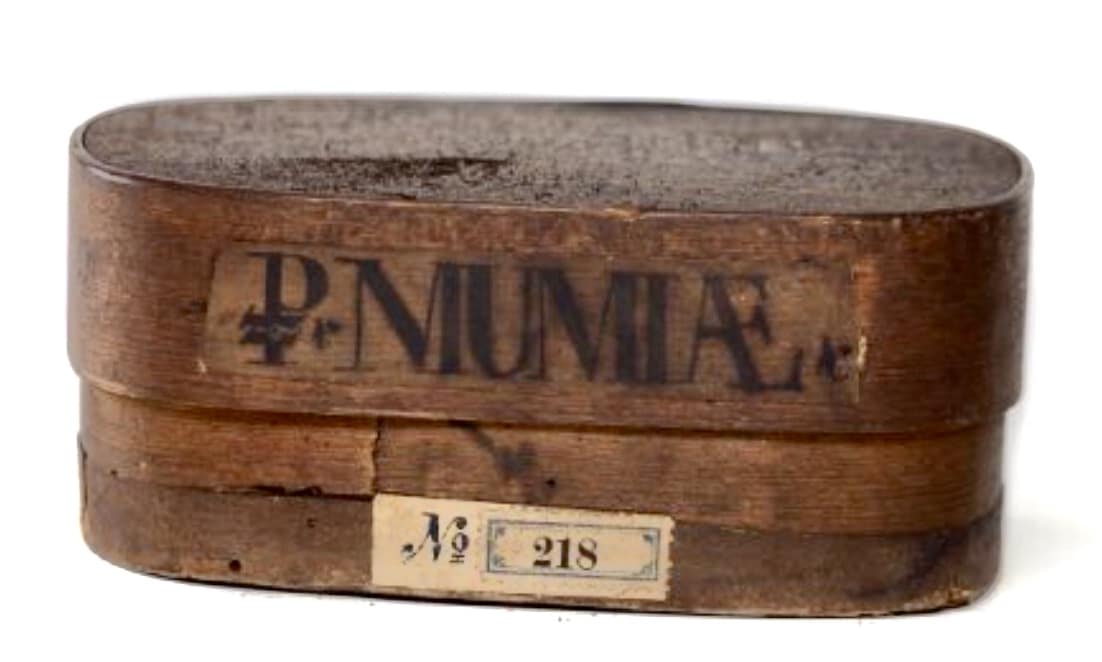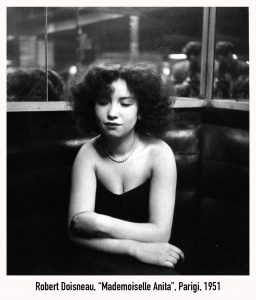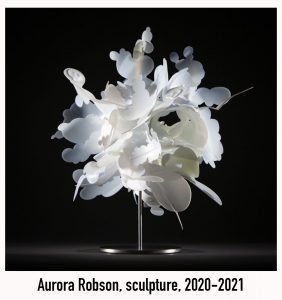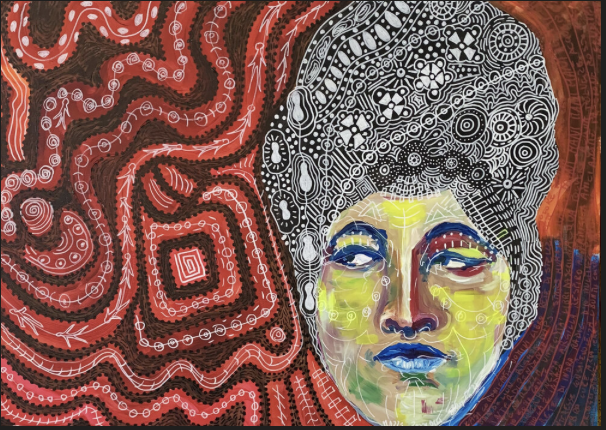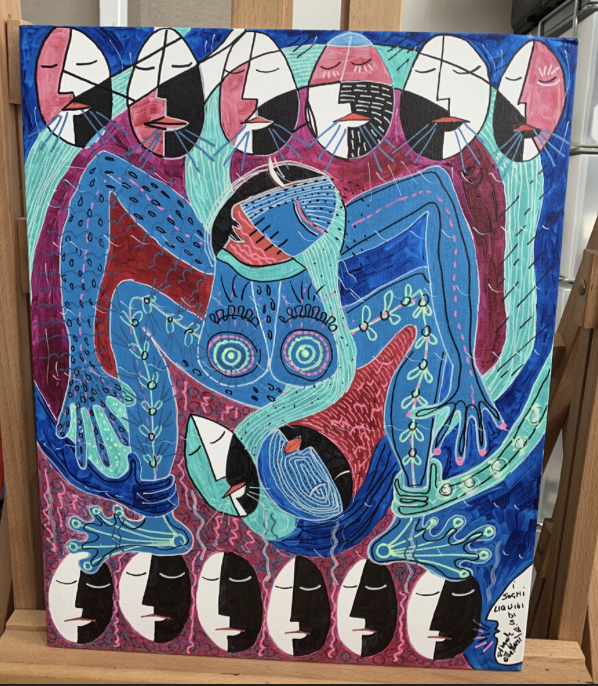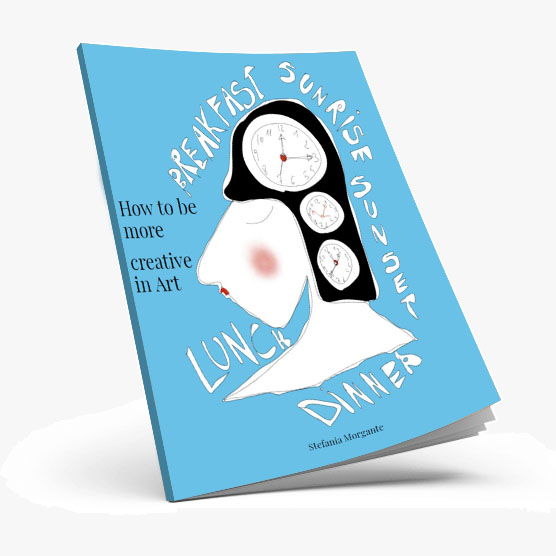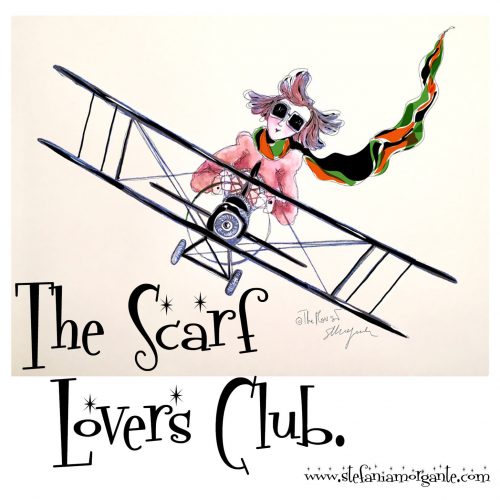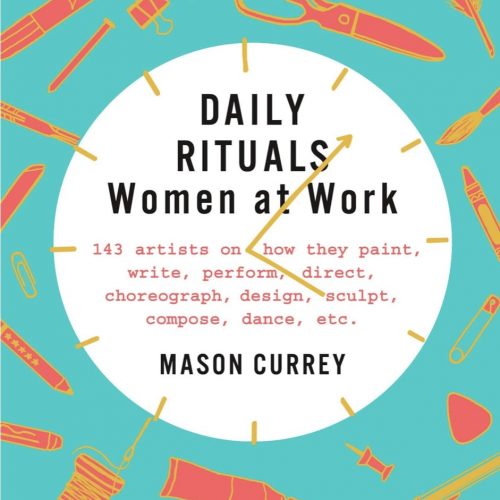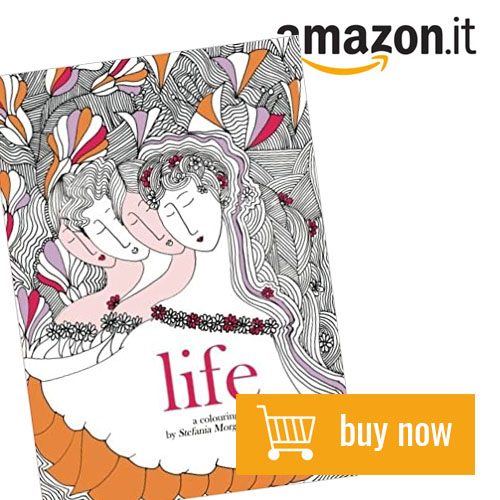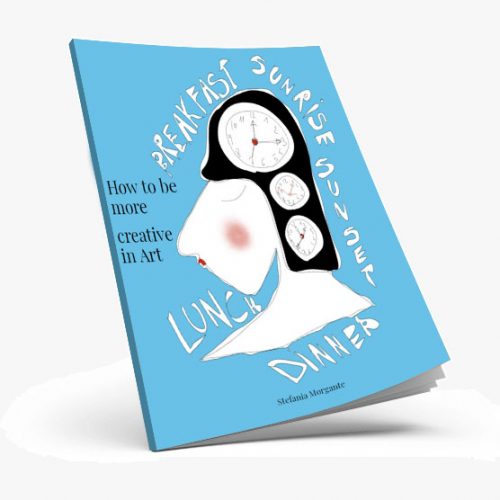The link between smell and memories.
Painting is about smells as well as visual impact.
And they are wonderful scents for those who use colors in art, not just for those who own gives the artwork.
I’m not talking about acrylic colours that are quite impersonal from an olfactory point of view.
Colors in painting are much more than visually impactful.
Depending on how they are mixed, whether with poppy oil, linseed oil, turpentine and more, our sense of smell evokes memories, distant memories.
The sense of smell triggers the imagination and sets in motion perceptions about colors.
There is a very deep connection between scents (and in this case the scent of colors), images and memories.
Acrylic colors are not very evocative.
Besides, they are colors that dry very quickly and the smell is barely perceptible.
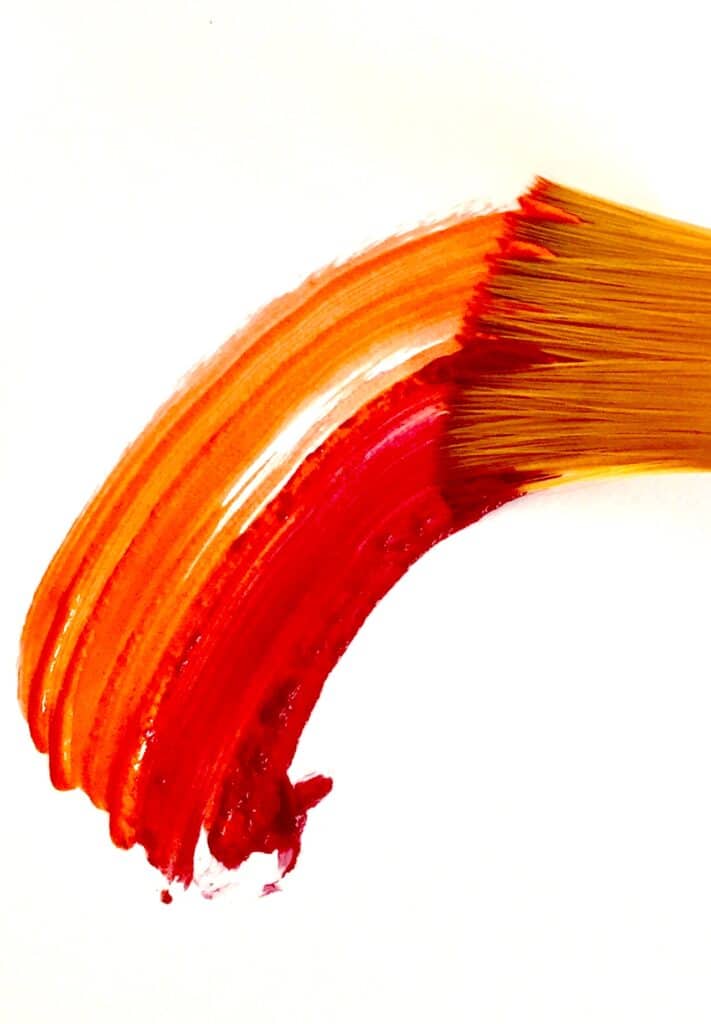
I’m talking about oil colors, especially if made by ancient Italian shops, I’m also talking about powder colors, powders that are ground with patience and constant work, by hand according to ancient knowledge, and that must then be mixed with oils and thickeners and knead them a hundred times to get an elastic paste and ready to be spread on the canvas.
Here the smells get complicated, because to the smell of the colored earth is added linseed oil or other thickeners that make the colors a paste to be spread with brushes.
An elastic paste, brilliant, that arouses pleasure in the eyes, but also pleasure for the sense of smell that is struck by resins, by oils, by synthetic and natural materials that recall environments, landscapes, parts of life and work of everyone.
Colors in art, with their ancient history, really arouse very strong emotions in our imagination.
Paint colors have incredible histories.
Painting seems to be born out of layers of history that reinforce the pictorial message.
Have you ever heard of “mummy” color?
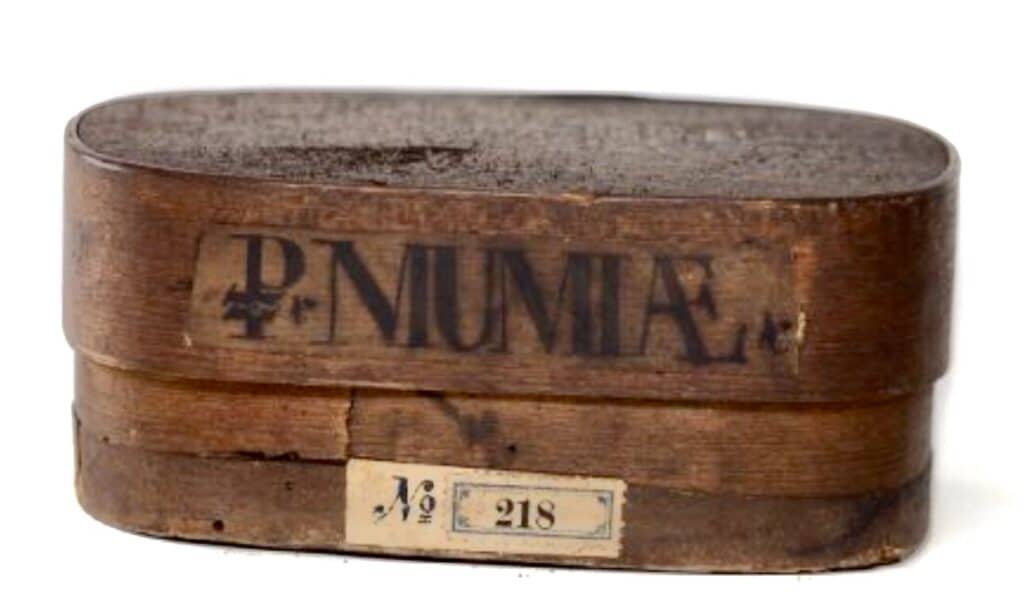
The color “mummy” and its terrible history.
It’s a brown color that is primarily used to make shadows in a painting.
Mummy black, a color that has something spiritual about it.
It is an earthy black, almost shadowy, obtained from the grinding and reduction to powder of Egyptian mummies, taken from the banks of the Nile and smuggled in large quantities in the West. Mummies were already being traded at the time of the Crusades, but it was not until the 17th and 18th centuries that a large trade was reported throughout Europe: pharmacies prepared this powder at a very high price and sold it as a rare medicine. This lasted until the end of the eighteenth century, when in all the cities of the old continent mummy powder was prescribed to cure many diseases of the spirit and soul. Some painters, such as Tintoretto, committing their fortunes, mixed and ground more subtly this powder, “more precious than gold and lapis lazuli, to paint their last works and make of the works and of themselves an eternal art and name.”
From the eighteenth century fortunately people began to respect mummies.
Even Michelangelo Merisi (Caravaggio) made “wide use of mummy – Lapucci specifies -, a pigment produced by burning animal flesh, mixed with resins”.
We can also associate this term “mummy” with the paintings of the painters of the Pre-Raphaelite Brotherhood.
Last night I was reading about the mummy color of which I had two tubes bought a wonderful paint Factory in Naples and I was shocked.
The name “mummy” hid a terrible story linked to ancient Egypt: the basic ingredient of the color were real mummies, human and feline, cut into pieces and carefully ground by manufacturers of dyes, the powder was then combined with white pitch and myrrh. Despite the high price of the “raw material”, the deal was advantageous: a London-based manufacturer claimed to be able to meet the demands of its customers for twenty years from a single mummy.
Fortunately, in the twentieth century, the idea was to preserve mummies and artists.
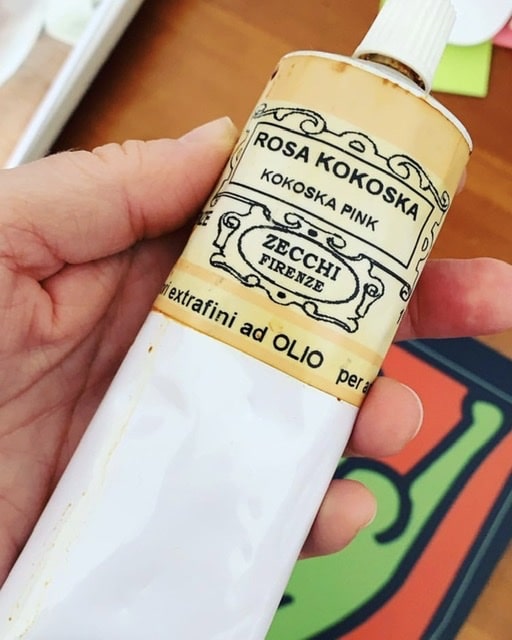
The fascinating behind-the-scenes story of color.
Today the color still exists, but the characteristic amber hue is given to it by hematite.
I sorted through the drawers of some colors I had in the studio and found this tube that has two very intense meanings.
First of all, the name, kokoska, which recalls the great artist Kokoschka and fascinates us deeply, as if by using it we could become great artists like him, and the preparation by one of the oldest and most professional color manufacturers in the world.
When I want to work with products of high quality and deep tradition, I choose them (Zecchi: they ship and respond even if you don’t live in Florence).
Only an ancient workshop, in the heart of the Renaissance places, can make us understand what powder colors are, the resins and oils used to mix them and the ancient history of their birth.
Whether it’s “mummy” color or “kokoska” pink, your eyes are filled with beauty and history.
The sense of smell along with sight rewires our senses and makes an artwork also a work of archaeology and history.
If you use oil paints but also other colors created over the decades, browse through books and search engines, you may discover incredible worlds, exceptional stories worthy of adventure films.
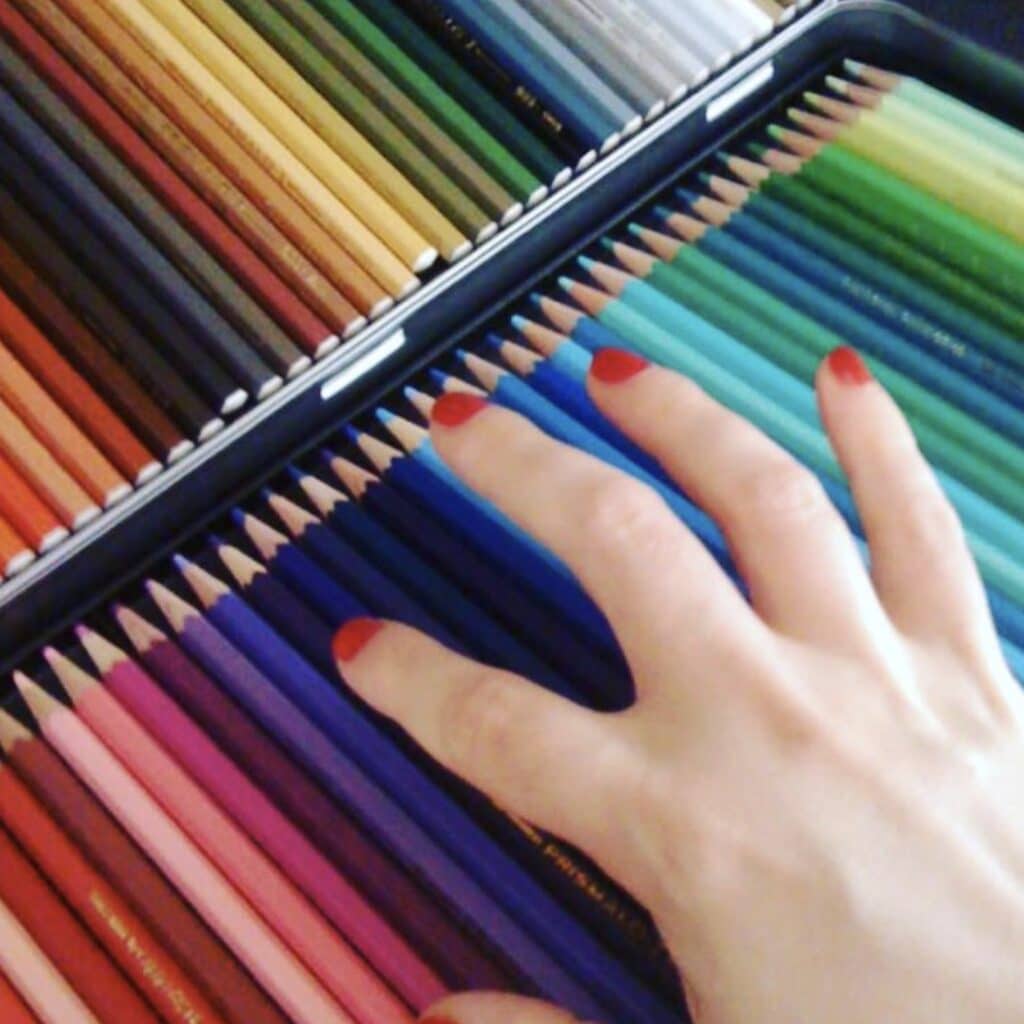
Do you want to exercise your creativity?
Read this post about an illustrator and her habits:

